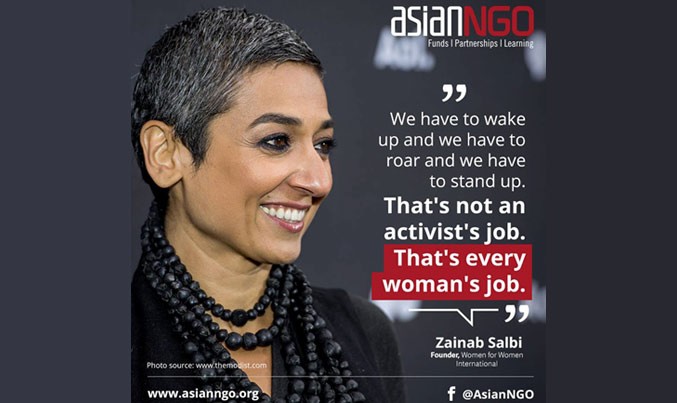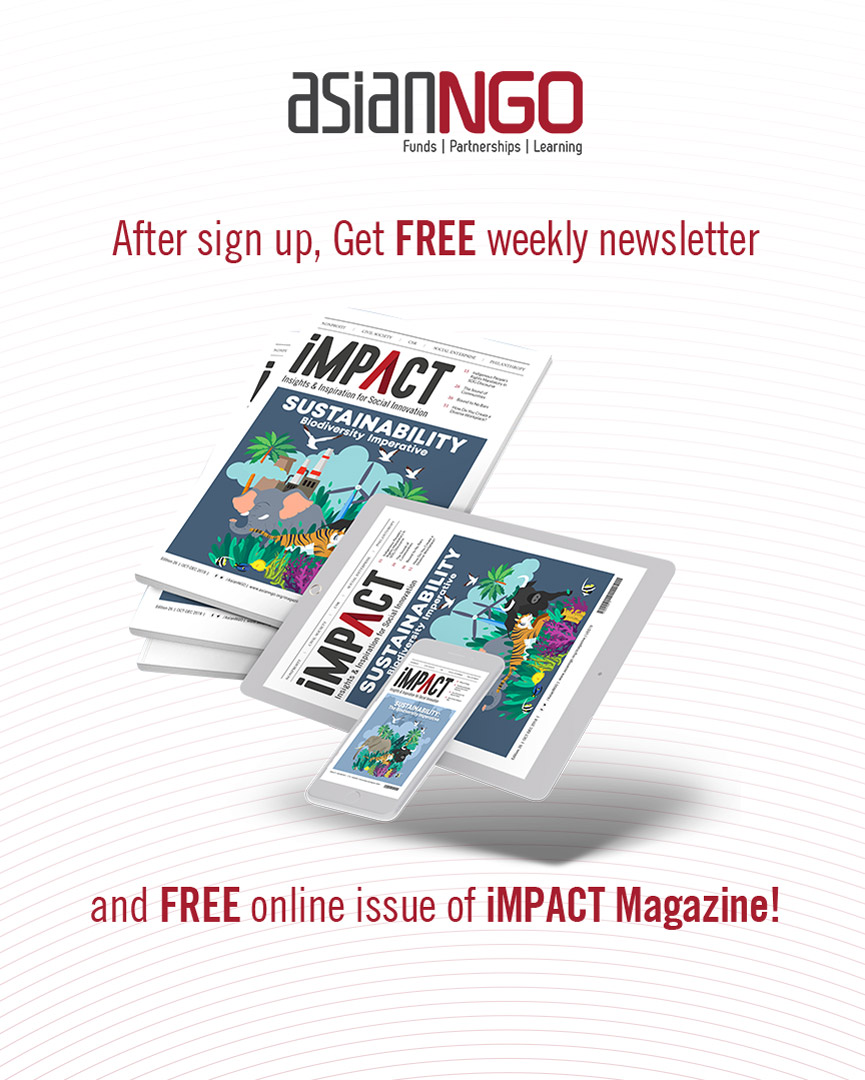Development NGOs have not only increased in number, but also expanded in scope rapidly in the recent years. As the number of organizations dedicated towards highly specific causes increases, a growing challenge can be finding funds for these NGOs. This problem arises from the fact that most grants are geared towards larger, more general thematic areas, with few being as specialized as the problems some NGOs aim to address.
With this increasing competition for a limited pool of NGO funding agencies, developing an effective fundraising strategy has become vital in today’s development arena. The following tips can help your organization develop a strategy to establish a long-term partnership with its donors, and make the most of your efforts.
1. Set realistic, long-term targets
It is important to remember that the process of raising funds can take a long time. Your goals should be realistic, long-term, and focused. Attracting trusted clients and customers to sponsor you in the long run will require long-term planning to establish a positive impression for your brand.
While setting your target, determining the right amount can be difficult but is essential. Aiming too low brings little reward, and aiming too high can demoralize staff if goals are not achieved. Fundraising strategies should include ways to maintain internal motivation to continue fundraising efforts, especially as it can be difficult for organizations to reach sustainability for the first few years.
These targets should be clearly communicated to all staff members to create a sense of cohesion and so that everyone can collaborate towards a common goal.
2. Develop a “transformation statement”
Competition for funding is growing as the number of registered NGOs in the world rises compared to the limited grants in each thematic area, and donors will want to know that their money will truly be used to make a significant, specific, and sustainable impact. A clearly defined way of how your organization is going to realistically make a difference and demonstrable changes will help set you apart from other organizations appealing to the same NPO funding agencies.
3. Understand your Internal Rate of Return (IRR)
Your transformation statement should include your internal rate of return (IRR), a financial calculation that shows how donations are helping the organization become more sustainable in the long-run by estimating the profitability of potential investments—in this case, funding.
This appeals to donors as it will help them understand how their money will contribute to a self-sustaining system that will not require more money or continued, regular donations in the future.
4. Specialize your team
There are multiple roles in fundraising, and it is important to consider individuals’ strengths and suitability while assigning each role to maximize effectiveness.
These roles include:
- Connectors: Individuals who can maneuver networking to make valuable introductions.
- Askers: Individuals who have the skills and an understanding of the right timing needed to ask for donations successfully.
- Engagers: Individuals who will interact and communicate with donors to nurture and promote these relationships.
If your organization is aiming to raise a significant amount of money, you might also consider working with a consultant or professional fundraiser to take your team to the next level.
5. Digitalize!
As people spend more and more time online, you will be able to reach a wider audience by digitizing your advertising and marketing. Using channels such as Search Engine Optimization (SEO) to reach out to a wider audience is the way forward. Additionally, using cloud-based technologies such as emails, CRM, google suite for documents, and conferencing platforms will increase the productivity and ROI for any actor within the development sector.
Social media, such as Facebook, is a great way to raise awareness of your events and set up fundraising pages in addition to traditional crowdfunding websites (eg. Kickstarter, Indiegogo, GoFundMe, Razoo and Patreon).
6. Cultivate donor retention
A good fundraising plan will include information on donor retention, which is arguably just as important as donor recruitment. Make an effort to continuously keep supporters engaged by keeping them updated on developments and where their money has gone. A well-devised CRM plan will include:
- Updating the website and social media accounts
- Sending email newsletters regularly
- Providing an engaging story of a specific project a donation has contributed to
If your customers remember you, it will be easier to motivate them to donate towards your cause. Seeing concrete evidence on the impact of your work might also inspire potential sponsors.
7. Manage your strategy.
While other responsibilities and unexpected emergencies can cause you to get distracted from your fundraising strategy, staying focused is vital. For long-term success, it is important that your organization continuously prioritizes fundraising. Having an effective fundraising strategy is a long-term, dynamic commitment, and you should regularly review your progress and make adjustments to maintain efficiency and success.
While fundraising might be sometimes viewed as a difficult necessity, having a well-developed strategy for it can allow you to effectively maximize your potential for success.
Sources:
https://www.entrepreneur.com/article/244966
http://www.fundraiserinsight.org/articles/effective-digital-fundraising-strategy.html
https://www.missionbox.com/article/410/7-tips-for-a-strong-fundraising-message











